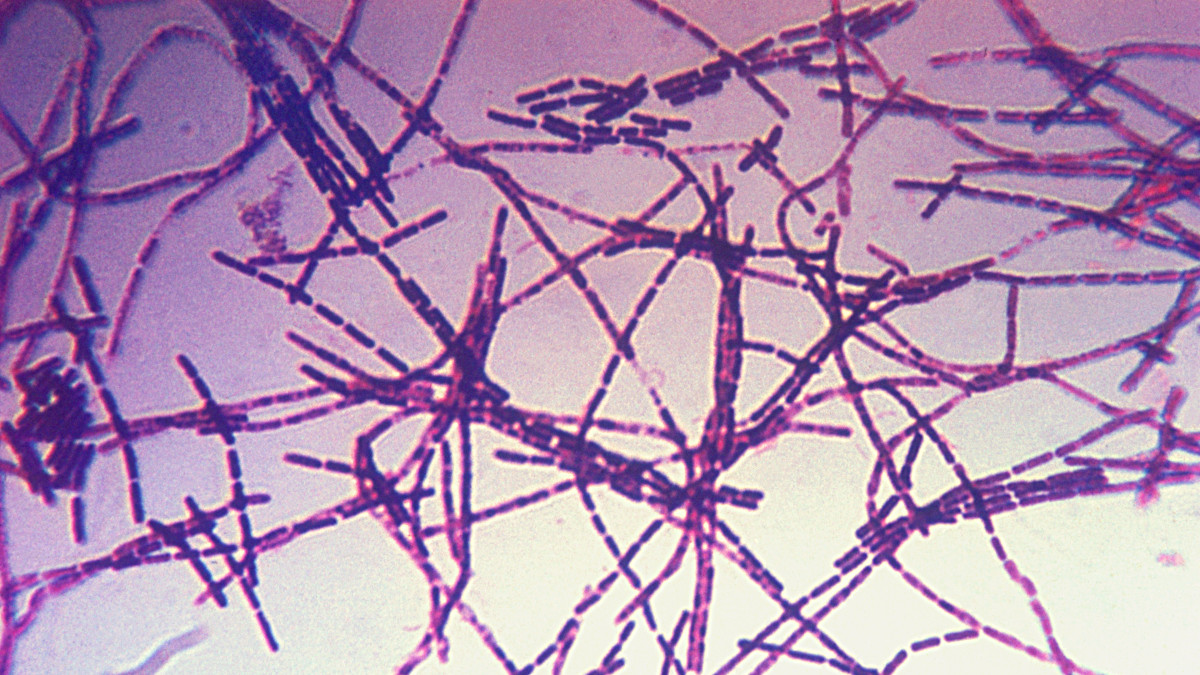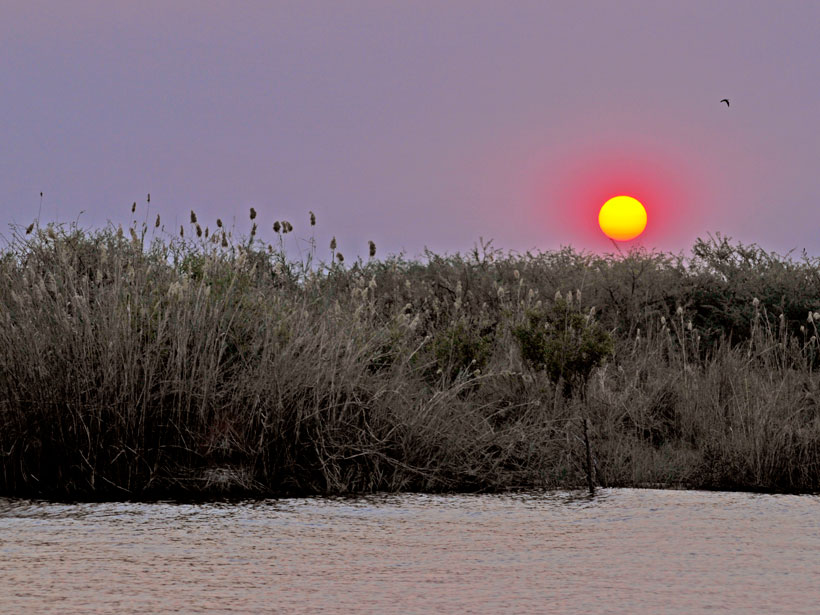Global warming has, in certain instances, amped up some of the world’s most deadly diseases.
dysentery
Posted inNews
Heavy Rains, Human Activity, and Rising Waters at Lake Victoria
Water levels in Africa’s largest lake have risen over a meter since last fall and continue to increase as land use changes and heavy rains enhance the flow.
Posted inNews
Análisis Climáticos Para Una Mejor Predicción de Brotes de Diarrea
Investigadores han encontrado nuevas conexiones entre las condiciones climáticas del fenómeno “La Niña” y la enfermedad más letal para los niños a nivel mundial.
Posted inNews
Using Climate Studies to Better Predict Diarrhea Outbreaks
Researchers have found new connections between La Niña climate conditions and the leading killer of children worldwide.




